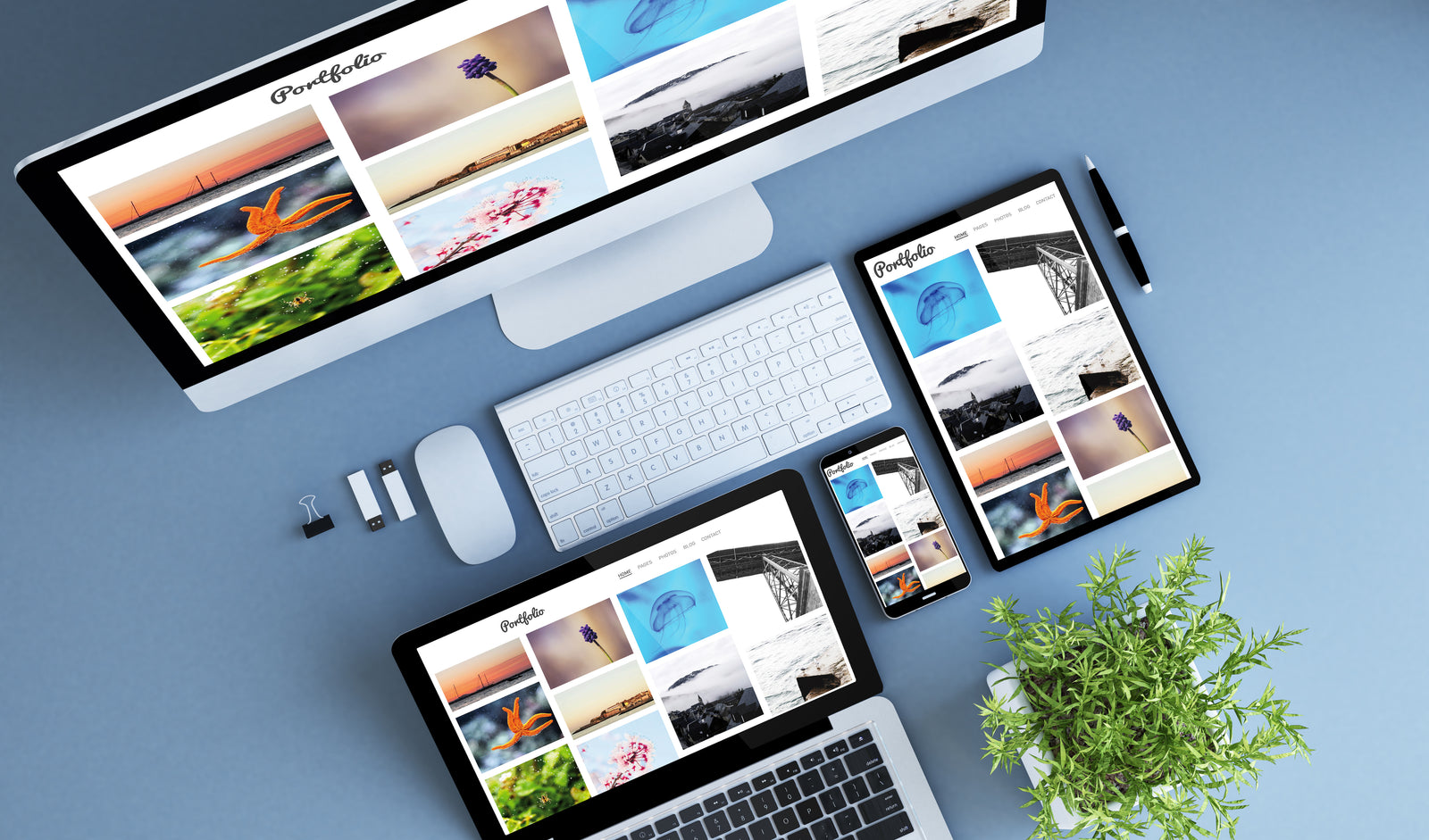What is the Difference Between JPEG, TIFF, PNG, SVG Formats?
December 17, 2020

If you took photos with a film camera, you may have been familiar with some basic terminology, although the image files themselves were simply referred to as negatives, slides, or prints.
Digital photography is much easier in virtually every way, however, the one aspect that is a little more complicated is the vast number of image file formats. The good news is that unless you’re a graphic designer, professional photographer, or work in a related field, you probably don’t have to worry about any file types beyond the most common ones.
A Quick Guide to Picture File Types
Just like negatives, slides, and prints, not all digital image types are created equal. A few things need to be kept in mind in order to select the best image type for specific uses (e.g. emailing, posting online, or printing). Compression, file size, and speed of transmission are factors you need to consider.
Raster vs Vector Images
Raster images/graphics are bitmaps of images consisting of a grid of individual squares (pixels) coded to a specific color hue or shade that combine together to create the image. If you zoom in on a raster image or print a lower-resolution JPEG, you’ll be able to see the dots of color, also referred to as a pixelated image. Common raster image formats include JPEG, PNG, TIFF, GIF, and BMP.
Vector images/graphics are based on mathematical formulas that define geometric shapes such as polygons, lines, curves, circles, and rectangles. The primary advantage of vector images is that they are perfectly scalable without a loss of quality. In addition, since vector files aren’t composed of millions of tiny pixels, they tend to be considerably smaller than raster files. Common vector formats include AI, EPS, SVG, and less frequently PDF.
The Most Common Digital Image Format
Issued originally in 1992, JPEG (Joint Photographic Experts Group) is the most common image format used online and in the majority of digital cameras. Also called JPG, this compressed image format eliminates unneeded color information the human eye doesn’t detect to reduce the file size. Utilizing lossy compression, which results in lost data and quality from the original version, enables achieving a balance between image quality and size.
Uses: JPEGs are a suitable file type for photographs and documents with smooth variations of color, but not optimal for textual documents or those with solid color objects because compression can cause a ringed appearance. They’re ideal for blogs and social media because it’s important not to use images that take forever to load on the frontend of a site. If taken and saved at a high resolution, JPEGs can produce excellent prints.
What is a PNG?
A PNG (portable network graphics) doesn’t lose quality because compression is lossless, meaning the file can be decompressed to its original quality, making this image type an ideal choice for line graphics and text documents when transparency needs to be maintained.
Uses: A PNG file is used for charts, photos, and logos, but isn’t optimal for posting online when it is high resolution because the larger file size will take too long to load to the site.
JPEG vs PNG
As mentioned, JPEG uses lossy compression, while file compression for a PNG is lossless. Although one isn’t necessarily better than the other, the project dictates which one is the optimal choice. If size isn’t an issue, transparency needs to be maintained, and the image is complex, a PNG may be a better choice than a JPEG.
What is a TIFF?
Introduced in the mid-1980s, TIFF (Tagged Image File Format) is the largest raster image. It is often the best choice when editing needs to be done to a high-resolution image prior to printing or enlarging it because it isn’t compressed and therefore quality isn’t compromised. TIFFS shouldn’t be used on websites due to their enormous size.
What is an SVG File?
SVG (Scalable Vector Graphics) is a relatively new image format introduced in 2001. The inherent traits of vector images make SVG an ideal format for non-photographic imagery (e.g. animations), and especially useful for graphic artists and designers. SVGs are written with the markup language XML used to store and transfer digital information. The XML code in the SVG specifies all the shapes, colors, and text in the image.
Bottom line…your type of project will determine the best image format to use since all of them are useful for different applications.
Leave a comment
Comments will be approved before showing up.
Also in Blog

How to Enlarge a Picture for Printing
July 20, 2021

How to Make a Digital Photo Album
July 20, 2021

How to Share Digital Media
July 20, 2021
Purchase
CONNECT
We're here to help!
For All General Inquiries:
Phone: 888.333.2808
Email: info@scandigital.com
Business Hours (EST):
Monday - Friday: 9:30am - 5:30pm
ScanDigital Chicago
(Drop-Off & Pick-Up Only):
Phone: 888.324.6436
Business Hours (CST):
Monday - Friday: 10:00am - 4:00pm
News & Updates
Sign up to get the latest on sales, new releases and more…
© 2025 ScanDigital, Inc..
